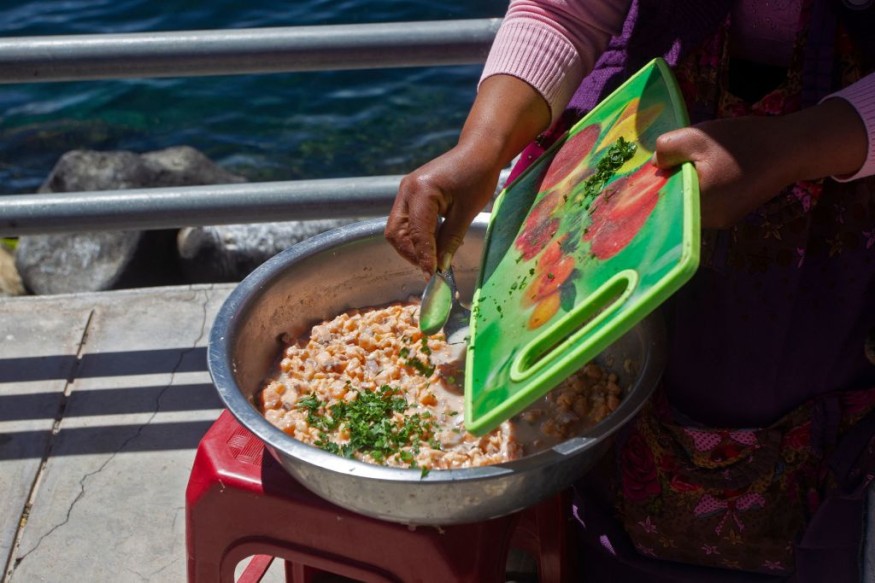Get To Know Peru's National Dish: What Is the History of Ceviche?

Peru's culinary lineage cannot only be significantly contributed to the Arab-Moorish to Spain but also Spain's history with Africa.
In addition, the Peruvian food known today is described as a combination of "Incan roots" infused with Spanish, Arab, African, Chinese, Italian, Japanese, and French culinary tastes, but the way of Peruvian cooking started way before the colonization of the country.
Kosmos Peeru noted that the country has the ability to grow several types of food due to its soil and gentle weather.
It was believed that quinoa was important for the Inca culture as it was considered culture, with people calling it "mother grain."
With the Spanish conquest of the country, the Peruvian culinary trajectory evolved, just like any other Latin American country.
Aside from the Spanish conquest, Japanese and Chinese immigrants in Peru also contributed to the encompassing cuisine of Peru.
Asian immigrants contributed to using ginger, soy sauce, scallions, and Ajinomoto. Some techniques were also adopted, such as stir-fry and the preparation of raw fish and shellfish.
Ceviche
Japanese immigrants started going to Peru, with the country being one of the countries that has the largest ethnic Japanese populations in South America.
Mitsuharu Tsumura, chef-owner of Lima's renowned Maido restaurant, told National Geographic that ceviche became popular in Lima 60 years ago. He added that one of the first cevicherias in Lima was opened by the Nikkei people, which is a Japanese word for immigrant.
Ceviche could also have been attributed to its European culinary relative, which is the Spanish pickle.
Ceviche can also now be found outside Latin America, with every country having its own version of it.
Ceviche is derived from the Latin term "cibus," which means "food for men and animals." The name may also have originated from the Spanish word "escabeche," which means "pickle," as cited by Frayed Passport.
Evolvement of Peru's National Dish
Ceviche usually tastes refreshing, light, clean, bright, spicy, and "delightfully acidic." Its portions are commonly small, but it makes up for the bursting flavors of every serving.
There are recent studies claiming that ceviche has been enjoyed even before the arrival of immigrants, dating from the Incas' period throughout the Andes mountains of Peru.
At the time, it was reported to be marinated with chicha, which is an Andean beverage made from fermented corn.
Peru For Less stated that the national dish went through changes when the Spanish arrived and started importing Mediterranean ingredients such as lime and cilantro.
Lime or orange then replaced the tumbo or chicha and was garnished with fresh cilantro.
With the arrival of Japanese immigrants, ceviche went through another phase of changes. The ingredients for ceviche remained the same, but the process of making it changed.
Before Japanese immigrants came, the fish was "cooked" heat in the juices for hours. However, the Japanese came and switched to plating the cut-out fish.
It can be eaten as an appetizer or the main course of a meal, depending on what it is served with.
Read also: Peru's Most Haunted Places: Visit a Vampire Grave in Pisco or Unravel the Mystery of Machu Picchu
This article is owned by Latin Post.
Written by: Mary Webber
WATCH: Peruvian Ceviche | Everyday Gourmet S8 E36 - from everydaygourettv
Subscribe to Latin Post!
Sign up for our free newsletter for the Latest coverage!
© 2026 Latin Post. All rights reserved. Do not reproduce without permission.















